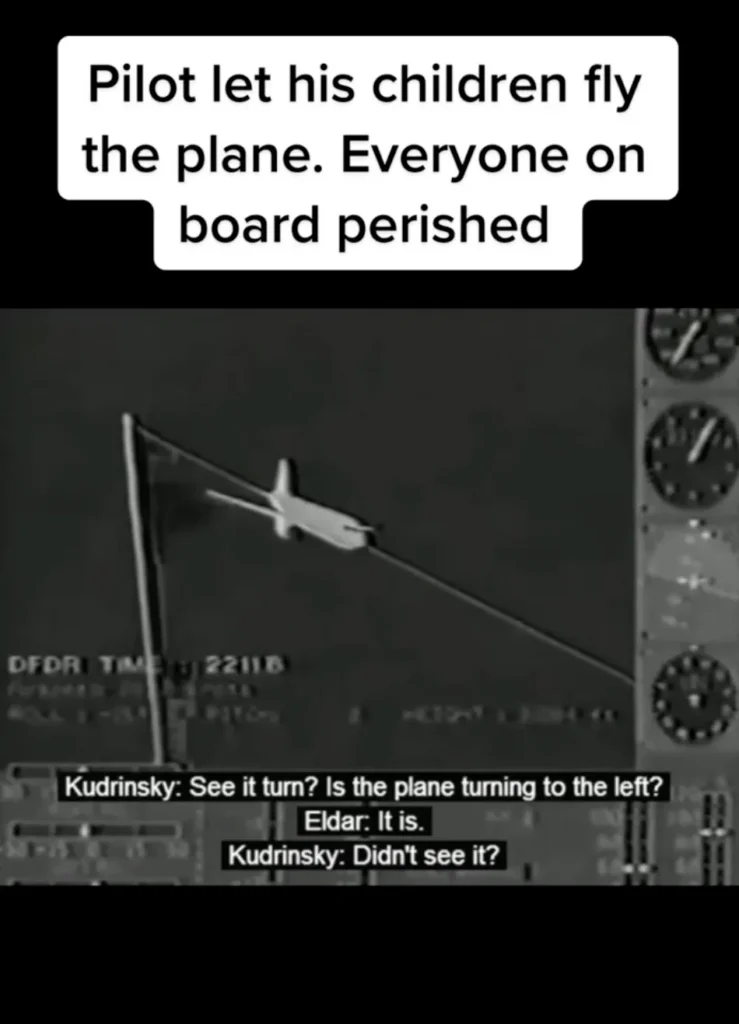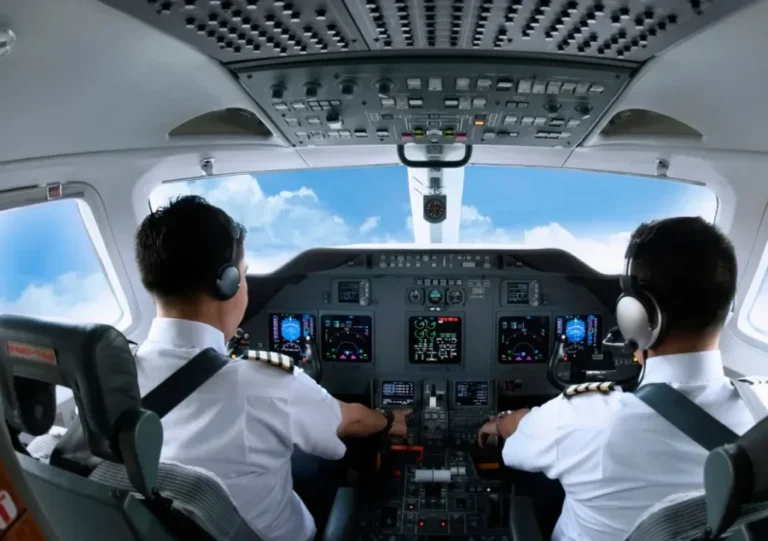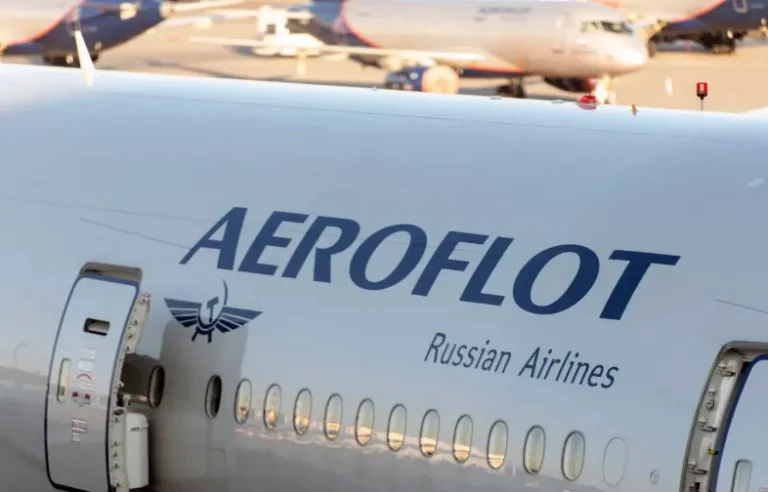
Cover 32
Passengers and crew aboard the international flight from Moscow to Hong Kong expected a routine trip with no indication of looming danger.
Yet, this journey would soon become one of the deadliest aviation disasters of its time.
On March 23, 1994, Aeroflot Flight 593 departed Sheremetyevo International Airport, carrying 75 people bound for Hong Kong’s Kai Tak Airport.
The Airbus A310 operated without any mechanical issues throughout most of the flight, and both the aircraft systems and weather conditions appeared stable and uneventful until the critical moments before landing..
The relief crew on board included Yaroslav Vladimirovich Kudrinsky, a 40-year-old seasoned pilot assigned to assist on the long-haul flight.
During the cruise phase with autopilot engaged, Kudrinsky invited his two children—12-year-old Yana and 16-year-old Eldar—into the cockpit for a special experience.
It was common for him to let them sit in the pilot’s seat and interact with the aircraft’s controls, under the belief that the autopilot system would safeguard against any mishaps.
However, when Eldar applied too much force to the control column, the autopilot quietly disengaged—an action that went unnoticed by the crew, setting the stage for disaster.
It was common for him to let them sit in the pilot’s seat and interact with the aircraft’s controls, under the belief that the autopilot system would safeguard against any mishaps.
However, when Eldar applied too much force to the control column, the autopilot quietly disengaged—an action that went unnoticed by the crew, setting the stage for disaster.
Eldar didn’t realize that manual control had activated, and his unintended input caused the aircraft to drift dangerously off course.
The cockpit crew remained unaware that the plane was veering sharply to the right until it was too late.
By the time they registered the situation, the aircraft had rolled to an alarming 90-degree bank—far beyond what the Airbus A310 was designed to withstand—leading to an aerodynamic stall.
Chaos erupted inside the cockpit as alarms blared and the crew scrambled to make sense of the unfolding emergency.
Despite their efforts, the flight crew struggled to fully comprehend the gravity of the situation in time to recover.
The crew managed to halt the initial dive, but their abrupt maneuver to regain altitude caused the plane to stall once again.
Shortly afterward, the aircraft vanished from radar while flying over the rugged Kuznetsk Alatau mountains in Siberia, leaving families and friends anxiously awaiting news.
The eventual search effort was grueling, as teams scoured the remote and treacherous terrain in hopes of finding survivors.
Tragically, investigators later confirmed that Aeroflot Flight 593 crashed with devastating force, leaving no survivors.
Rescue operations were further hampered by the mountainous landscape, severely delaying the recovery of passengers’ remains.
The cockpit voice recorder revealed the terrifying moments leading up to the crash, capturing both the crew’s and the children’s frantic voices.
According to Express, Kudrinsky desperately shouted for his son to move away from the controls, saying, “Go to the back, Eldar! You must understand the threat in front of us.” He tried to downplay the danger by telling passengers, “All is normal.”
Sadly, the truth behind the crash was even more devastating. Investigators later confirmed that no mechanical failure occurred — the disaster was the result of a preventable pilot error.
Aviation experts concluded that if the crew had re-engaged the autopilot system in time, the aircraft could have been stabilized. However, due to manual control errors and delayed responses, the plane entered a fatal double-stall and ultimately crashed.
Three decades later, the haunting final plea of a father attempting to save his aircraft and children remains etched into aviation history.









